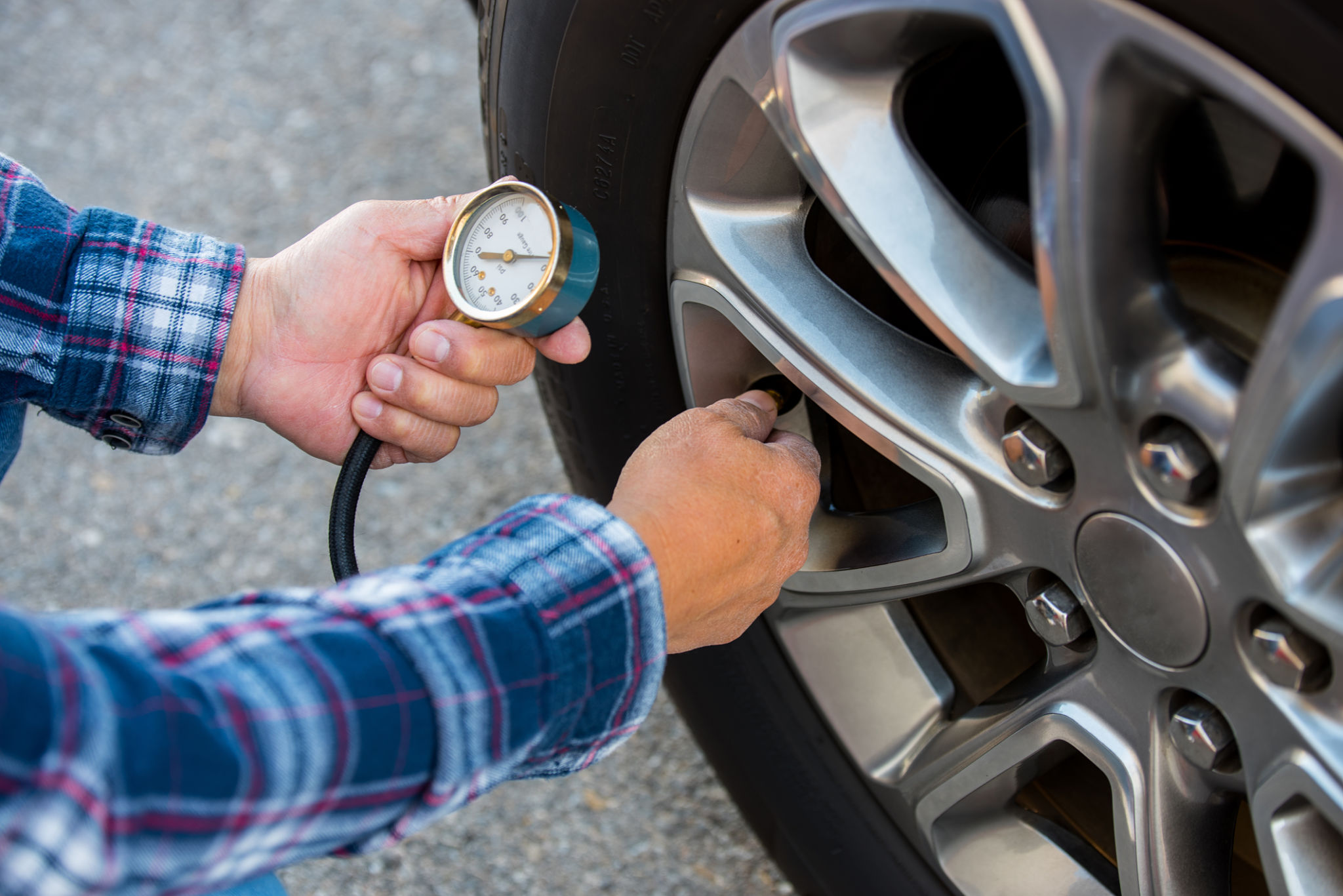Car Maintenance Myths Debunked: What Every Driver Should Know
Understanding Car Maintenance Myths
Car maintenance is crucial for ensuring the longevity and performance of your vehicle. However, with numerous myths circulating, it can be challenging to differentiate fact from fiction. These misconceptions often lead car owners to make unnecessary or even harmful decisions. In this blog post, we aim to debunk some of the most common car maintenance myths and provide you with accurate information.

Myth 1: Premium Fuel Equals Better Performance
One of the most prevalent myths is that using premium fuel will enhance your car's performance, regardless of its engine type. While premium fuel has a higher octane rating, it is only beneficial for engines designed to utilize it. For most vehicles, using regular fuel as specified in the owner's manual is perfectly adequate. Spending extra on premium gas without the need is simply a waste of money.
Myth 2: Oil Changes Every 3,000 Miles
The belief that you must change your car's oil every 3,000 miles is outdated. Modern engines and advanced oil formulations have extended the time between oil changes significantly. Most manufacturers now recommend oil changes anywhere between 5,000 to 10,000 miles. Always consult your vehicle's manual for the most accurate recommendations.

Myth 3: Warming Up Your Car in Cold Weather
Many drivers think it's necessary to idle their car for several minutes on cold days to warm up the engine. However, this practice is not only unnecessary but can also waste fuel and increase emissions. Modern engines are designed to warm up quickly while driving, so it's best to start driving gently after a short warm-up period.
Myth 4: Inflate Tires to the Pressure Listed on the Tire
There's a common misconception that you should inflate your tires to the maximum pressure indicated on the tire's sidewall. In reality, this number represents the maximum pressure the tire can handle, not the recommended pressure for everyday driving. Instead, refer to the sticker located inside your driver's side door or your owner's manual for the correct tire pressure.

Myth 5: Battery Will Recharge with a Short Drive
After a jumpstart, many believe that a short drive will fully recharge a car's battery. Unfortunately, this is not usually sufficient unless the drive is longer than an hour with minimal electrical load. It's better to use a battery charger or have it professionally charged to ensure it's fully restored.
Myth 6: You Can Use Water Instead of Coolant
Another dangerous myth is that water can replace coolant in your vehicle. While water can temporarily help in emergencies, it lacks the properties needed to prevent overheating and corrosion. Coolant is specifically formulated to protect engines under extreme temperatures and should not be substituted.

Conclusion: Stay Informed
Understanding these myths and relying on accurate information can help you maintain your vehicle more effectively and economically. Always refer to your vehicle's manual and consult professionals when in doubt. By debunking these myths, you can ensure your car receives the care it truly needs.